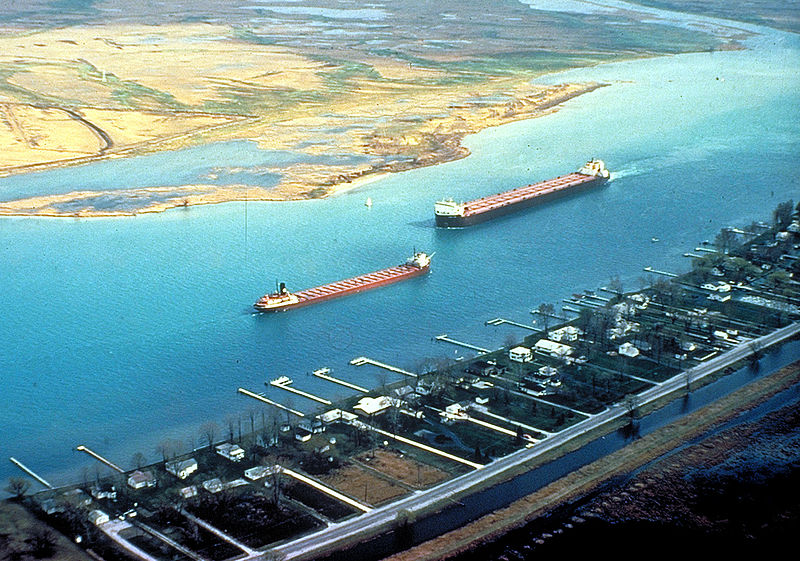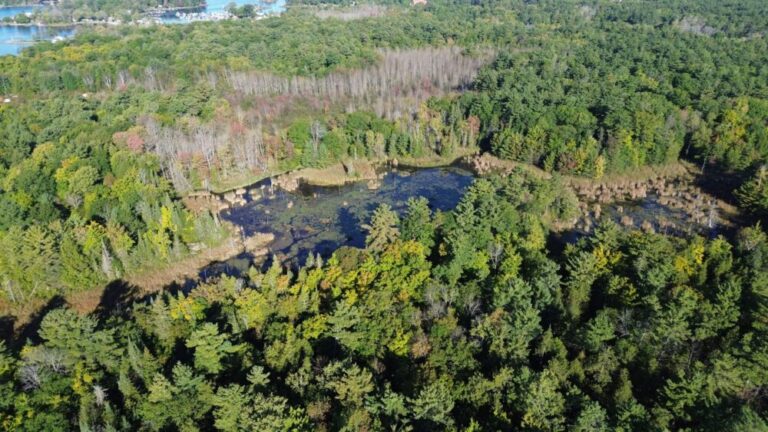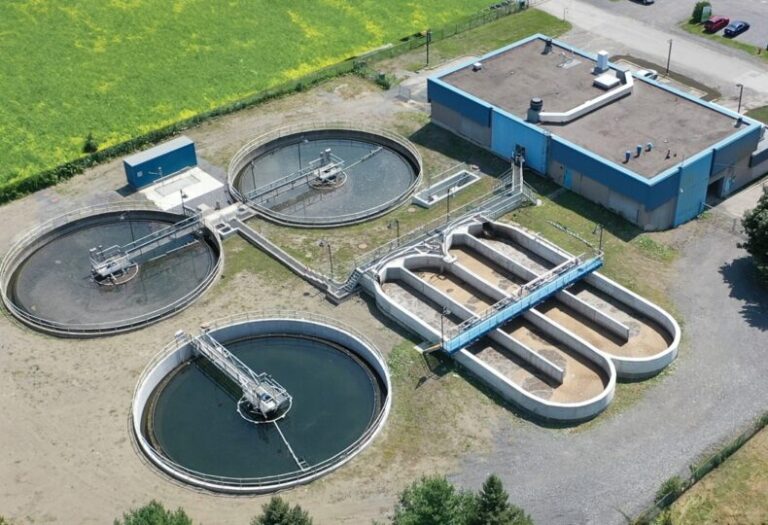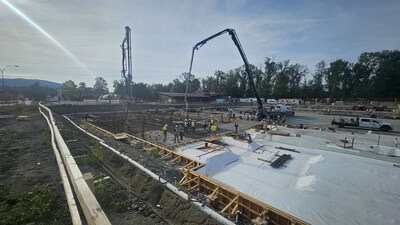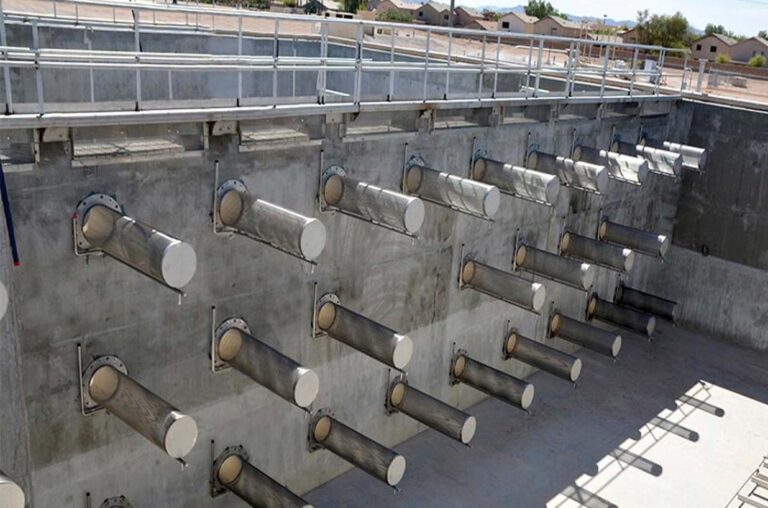Two weeks after three Beneficial Use Impairments were re-designated to Not Impaired for the St. Clair River Area of Concern (AOC), another positive step towards the remediation and delisting of the river will commence in the coming months.
The St. Clair Region Conservation Authority (SCRCA) has been granted funding from Environment and Climate Change Canada (ECCC), the Ontario Ministry of the Environment, Conservation and Parks (MECP), and Dow Canada to initiate a detailed engineering design for management of the three pockets of contaminated sediment in the St. Clair River.
“This is really positive news,” said Brian McDougall, general manager at SCRCA. “We look forward to working with the federal and provincial governments along with Dow Canada towards moving this project forward.”
The funding will support the hiring of a project manager who will be responsible for the procurement of a consultant and ultimately provide oversight to the design process. The consultant will be responsible for developing a detailed engineering plan to implement a sediment remediation strategy for the three locations that have elevated levels of mercury in the river.
Environment and Climate Change Canada, the Ontario Ministry of the Environment, Conservation and Parks, and Dow Canada have collaborated in the evaluation of the sediment management options identified in 2013. The objective of the work has been to develop a remediation plan that will guide the cleanup of contaminated sediment in the St. Clair River and reduce the risk of mercury bioaccumulation in fish. Through their efforts, the size and shape of the three areas previously identified as requiring cleanup have been refined.
“The detailed engineering design phase of this project will outline logistical details to carry out the work and provide a more accurate estimate of costs,” said McDougall. “Communication and consultation with the public, First Nation communities, and key stakeholders is an important aspect of this project. More information on these communications will be available as the project progresses.”
The design phase will begin in early 2019 and continue for two years. Further information on the design plan will be available at upcoming project engagement consultation sessions. Once the engineering design is completed, discussions will begin regarding the implementation of the project.
The St. Clair River is one of 43 AOCs identified through the binational Great Lakes Water Quality Agreement between Canada and the United States. For over 25 years, all levels of government, industry, First Nations, and the local community have been working together to restore the health of the river.

